As the innkeeper of the Amelia Island Williams House, I’ve come to understand that sustainability isn’t just a modern trend—it’s a responsibility we all share, regardless of our property’s age or historical designation. Our Victorian-era bed and breakfast in Fernandina Beach, Florida may have been built in a different era, but we’re proving daily that historic properties can embrace eco-friendly practices while honoring their architectural heritage.
Balancing Preservation and Environmental Responsibility
When I took over this magnificent Victorian property, I committed to restoring it to its original glory through thoughtful renovation. Unlike newer hotels that can incorporate sustainability from the foundation up, we face unique challenges with our historic designation. But I’ve discovered that these constraints often lead to more creative, meaningful solutions.
One of my greatest joys has been curating period-authentic furnishings throughout our bed and breakfast. By giving new life to antique pieces, we’re not only creating an authentic historical experience for our guests but also practicing one of the most fundamental principles of sustainability: reuse. Every antique chair or table in our rooms represents resources that didn’t need to be newly manufactured—a small but significant contribution to reducing consumer demand.
Our Daily Commitment to Sustainability
What I’m most proud of are the operational changes we’ve implemented that collectively make a meaningful difference:
Garden-to-Table Breakfast: We maintain a small but productive garden on our property that supplies fresh herbs and seasonal produce for our breakfast service. What we can’t grow ourselves, we source from local farmers and vendors. Our guests frequently comment on how they can taste the difference in our locally-sourced morning offerings, proving that sustainability enhances rather than diminishes the guest experience.
Water Conservation Solutions: One of our biggest challenges was implementing water refill stations throughout the property. Historic building restrictions prevented us from installing permanent fixtures, so instead, we maintain portable refill stations in common areas—requiring extra daily attention but eliminating the need for disposable water bottles. This extra effort is worth it when I see guests refilling their bottles throughout their stay.
Thoughtful Amenities: I take particular pride in welcoming each guest with locally handmade soap wrapped in 100% recycled materials. This small touch supports local artisans while reducing packaging waste, and guests often ask where they can purchase more before they leave—extending our sustainable impact beyond their stay with us.
Reducing Paper Waste: We’ve invested considerable thought into designing our signage, information cards, and guest instructions to be both beautiful and durable. By creating materials that don’t need frequent replacement, we’ve significantly reduced our paper consumption over the years.
Embracing the Challenges of a Historic Property
I won’t pretend that maintaining sustainability practices in a historic property is without challenges. Each time we consider a new eco-friendly initiative, we must carefully evaluate its compatibility with preservation requirements. Installing an electric vehicle charger outside was a victory, but modifying our energy systems within the house remains a complex challenge.
Yet I’ve found that these limitations often inspire more thoughtful approaches. When we can’t make structural changes, we focus on operational excellence and attention to detail—qualities that enhance our guests’ experiences regardless of their environmental awareness.
Looking to the Future
As I look ahead, I’m encouraged by how our guests increasingly appreciate our sustainability efforts. Many tell me they specifically chose our bed and breakfast because of our commitment to both historical preservation and environmental responsibility.
What I want fellow innkeepers and hoteliers to understand is that sustainability doesn’t require a newly constructed LEED-certified building or massive corporate resources. It starts with intentional daily practices and a willingness to put in extra effort where needed.
For our Victorian lady on Amelia Island, sustainability means honoring her past while ensuring she stands proudly for generations to come. Each morning when I walk through our garden gathering herbs for breakfast or refill our water stations, I’m reminded that stewardship comes in many forms—and sometimes the most meaningful environmental impact comes from properties with the deepest roots in history.
If you’re planning a visit to our little corner of Florida, I invite you to experience how we’ve blended historical charm with modern environmental consciousness. At the Williams House, we believe the most sustainable buildings are those already standing—and we’re committed to preserving ours while protecting the natural beauty that surrounds us.
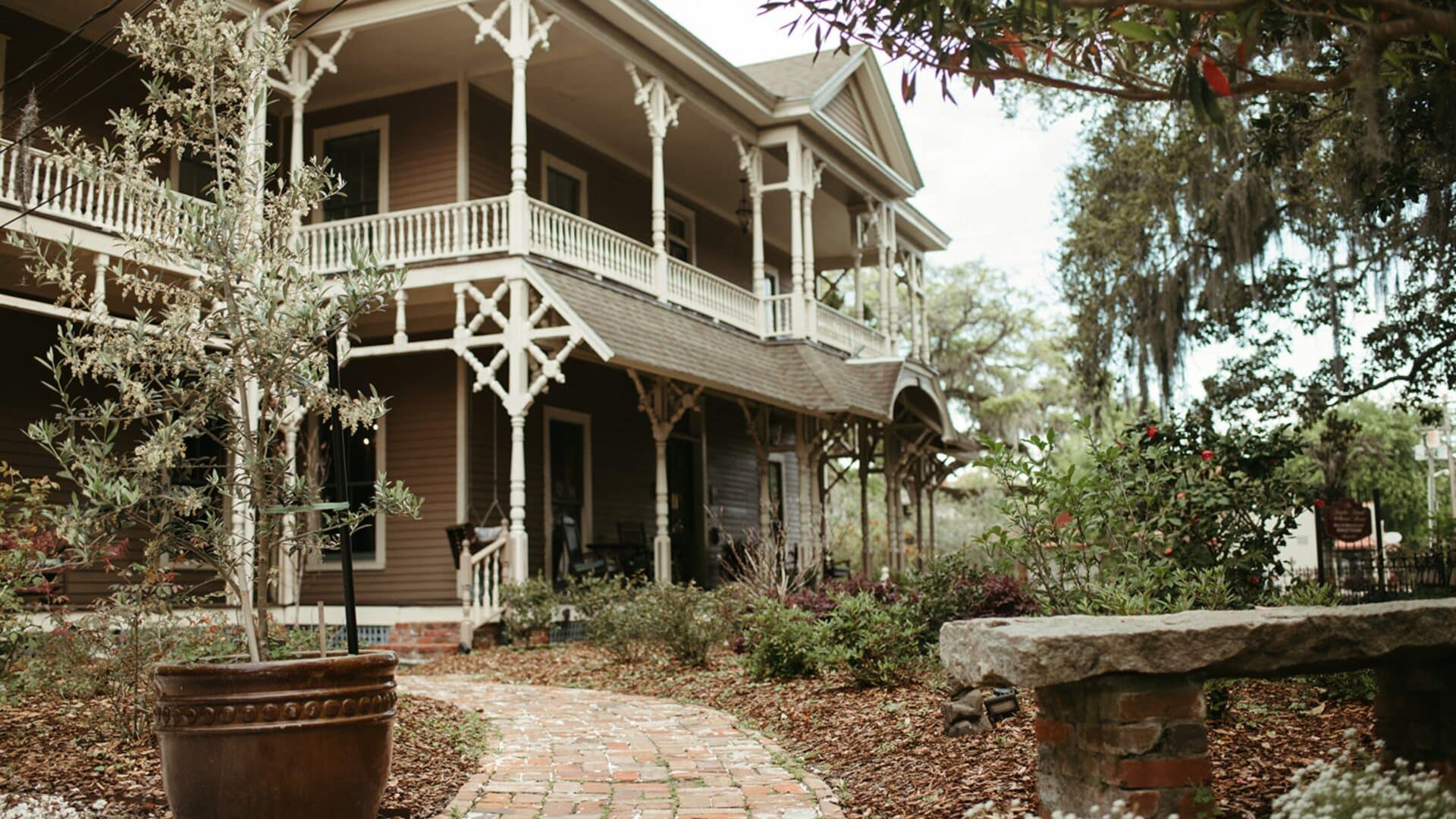

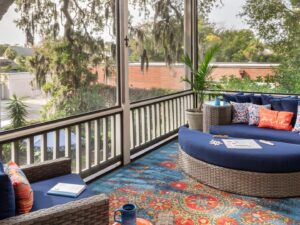
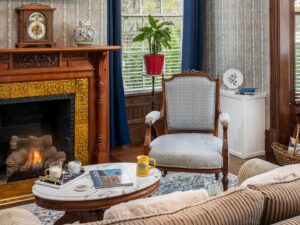
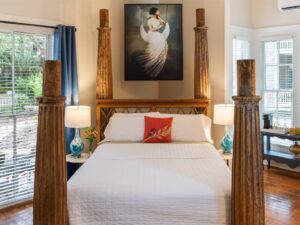
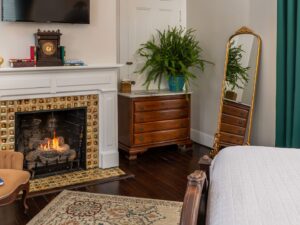
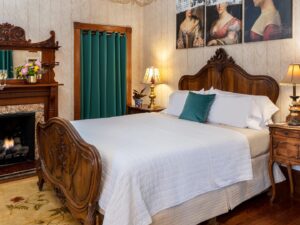
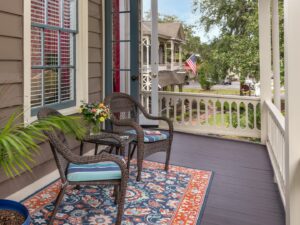
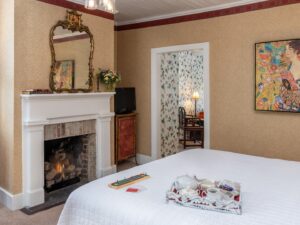
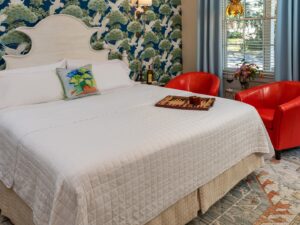
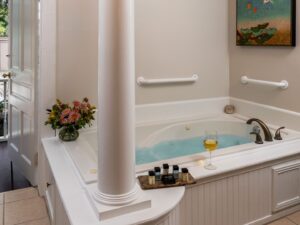
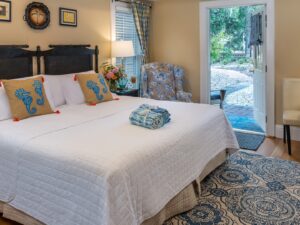
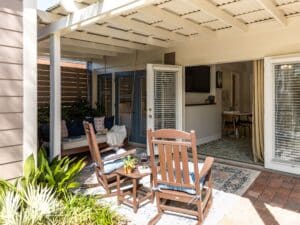

Kudos to you for this thoughtful letter — and the actions that underlie it!